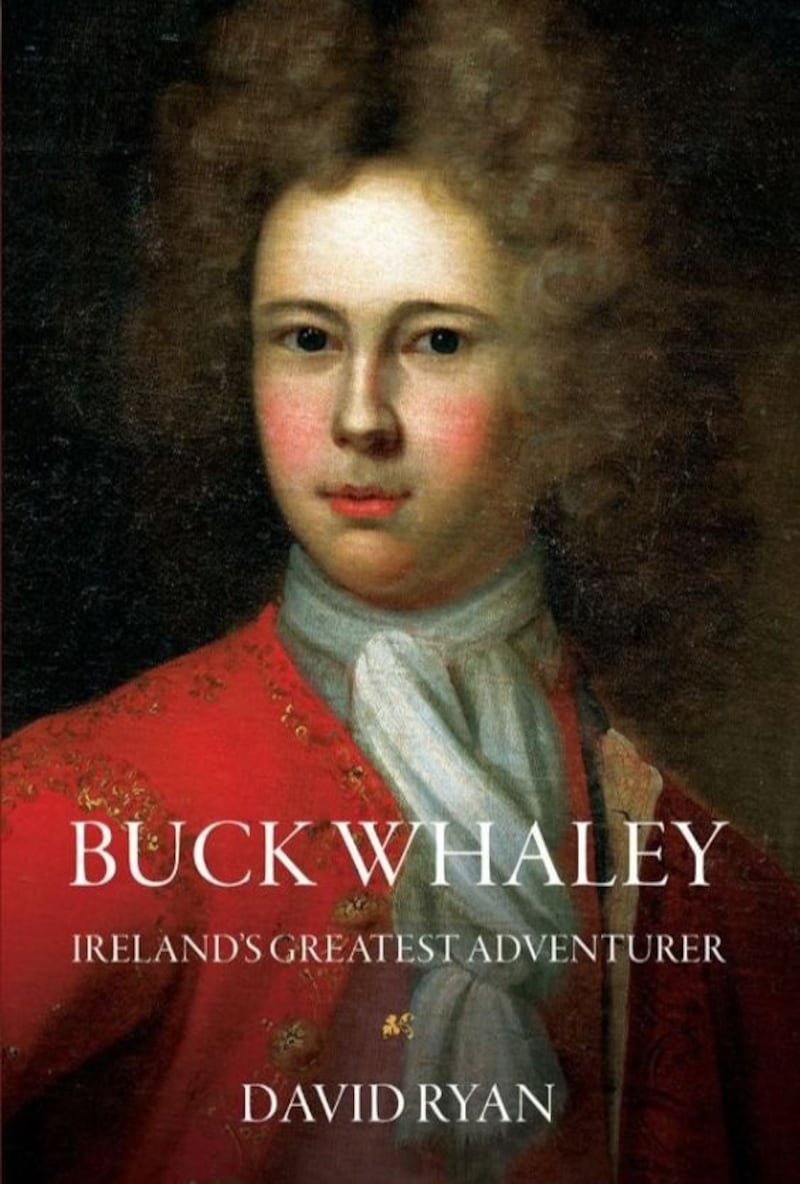Stashed away in a private library in Istanbul is an extraordinary 300-page manuscript: an unpublished account of an Irishman’s journey to Jerusalem in 1789. His name was Buck Whaley, and a new biography reveals his incredible story.
He was the madcap rake and gambler who travelled to Jerusalem on the back of a £15,000 bet. Born in Dublin in 1765, Thomas “Buck” Whaley inherited a huge fortune and extensive landed property in three counties. A rake and a spendthrift, he was infamous for his scatter-brained schemes and reckless wagers, which generally resulted in huge losses. He himself believed his Jerusalem adventure to be “the only instance in all my life... in which any of my projects turned out to my advantage”.
Over 200 years later, Whaley is still remembered as one of Irish history’s most extraordinary and eccentric characters: he even had a nightclub named after him on Dublin’s Leeson Street. But what exactly happened on his 10-month odyssey to Jerusalem and back? For a long time all we had to go on was his autobiography, published posthumously in 1906 as Buck Whaley’s Memoirs. The memoirs tell the story of Whaley’s travels, but are peppered with bias and exaggeration. But now, a fascinating independent account of the Jerusalem expedition has resurfaced in Istanbul.

This long-forgotten manuscript lay buried for centuries in an obscure family archive until it was auctioned by Sotheby’s in 2013 and purchased by the Turkish billionaire and philanthropist Ömer M Koç. It is a 300-page journal kept by Whaley’s travelling companion Captain Hugh Moore, who intended it “merely as a passe tem[p]s at sea, to dissipate the many heavy hours of ennui, to which I must, without an employment of this kind, have been subject to... I have not an idea of its ever appearing more publicly than within the small circle of my most particular friends”. However, the journal is now about to reach a much wider audience than Moore intended, as it is a key source in my new book. Buck Whaley: Ireland’s Greatest Adventurer chronicles Whaley’s many adventures during his and Moore’s journey to Jerusalem: his near-demise from fever in Constantinople, his robbery by bandits in the Holy Land, and his meeting with a ruthless warlord known as “the Butcher”.
Extracts from Moore’s journal offer some of the most entrancing moments in the narrative. Here, for instance, is his description of a storm that nearly wrecked their ship in the Sea of Crete: “the tempest was attended with … more thunder than I had ever heard, and lightning so bright that it entirely eclipsed the inferior lustre of our candles… The total darkness of the night … was only interrupted by the continued chains of lightning that illuminated the horizon, and our knowledge of our situation, greatly augmented our apprehensions; almost surrounded by islands and low rocks which would only be distinguished when the effulgence of the lightning shed brightness on the water”. Venturing on deck, he “never beheld any thing equal to the scene of horror and confusion … all hands were on deck, expecting every moment to go to pieces, and the ship was so violently strained, that several of the seams had opened”.
Surviving this and many other perils, Whaley and Moore successfully completed the expedition and on Whaley’s triumphant return to Dublin in July 1789 he became an overnight celebrity in Ireland and Britain. But this was as good as it got for the intrepid adventurer known as “the Jerusalem Pilgrim”. In the years that followed a sorry tale of dissipation unfolded, with Whaley losing tens of thousands at the gambling tables and fleeing to Paris to escape his creditors. Yet his adventurous spirit remained undimmed. He tried to climb Mont Blanc but was nearly killed in a rockfall, before returning to Paris in time to witness the worst excesses of the French Revolution. With the dethroned king, Louis XVI, sentenced to be guillotined, Whaley came up with a scheme to rescue him that predictably ended in failure. He eventually returned to Ireland, but was again forced to flee his debts and wound up on the Isle of Man. When he died aged 34 in 1800, he had squandered an astronomical £400,000 (about €100 million in today’s money) “without ever purchasing or acquiring contentment or one hour’s true happiness”.
And yet he left behind a powerful legacy. Today, at least for those of us who live in first-world countries, foreign travel is generally sterile and unexciting. For Whaley and the adventurers of the past, travel was a far more complicated and dangerous matter. For him it involved long days at sea at the mercy of storms and pirates, gruelling overland journeys, and makeshift accommodation in whatever roadside shed or stable could be put to the purpose. Through his experiences, fascinatingly chronicled in Moore’s journal, we get a sense of what long-distance journeys were once like, long before the age of online booking.
In my research I consulted not only Whaley's memoirs and Moore's journal, but also many other sources, including hundreds of unpublished letters. Now, for the first time, my book tells the real story of Buck Whaley.
Buck Whaley: Ireland's Greatest Adventurer by David Ryan is published by Merrion Press












